

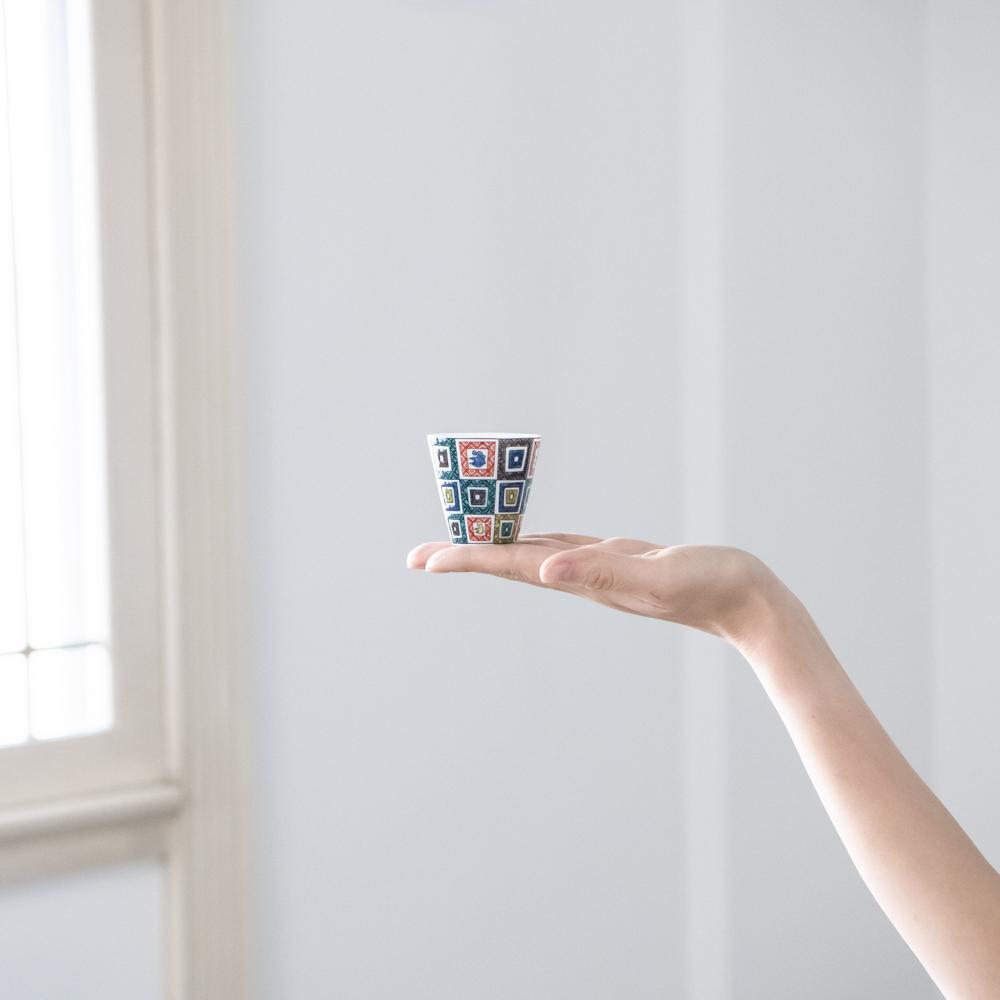
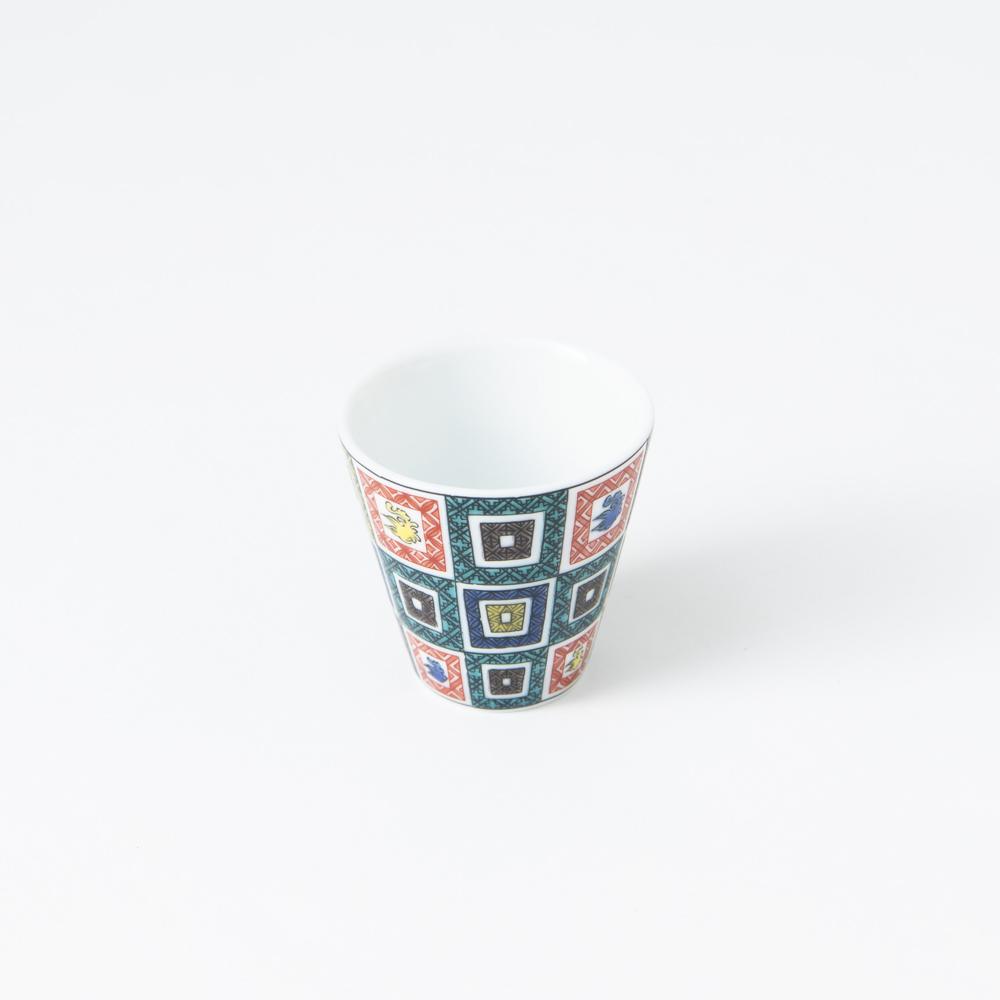
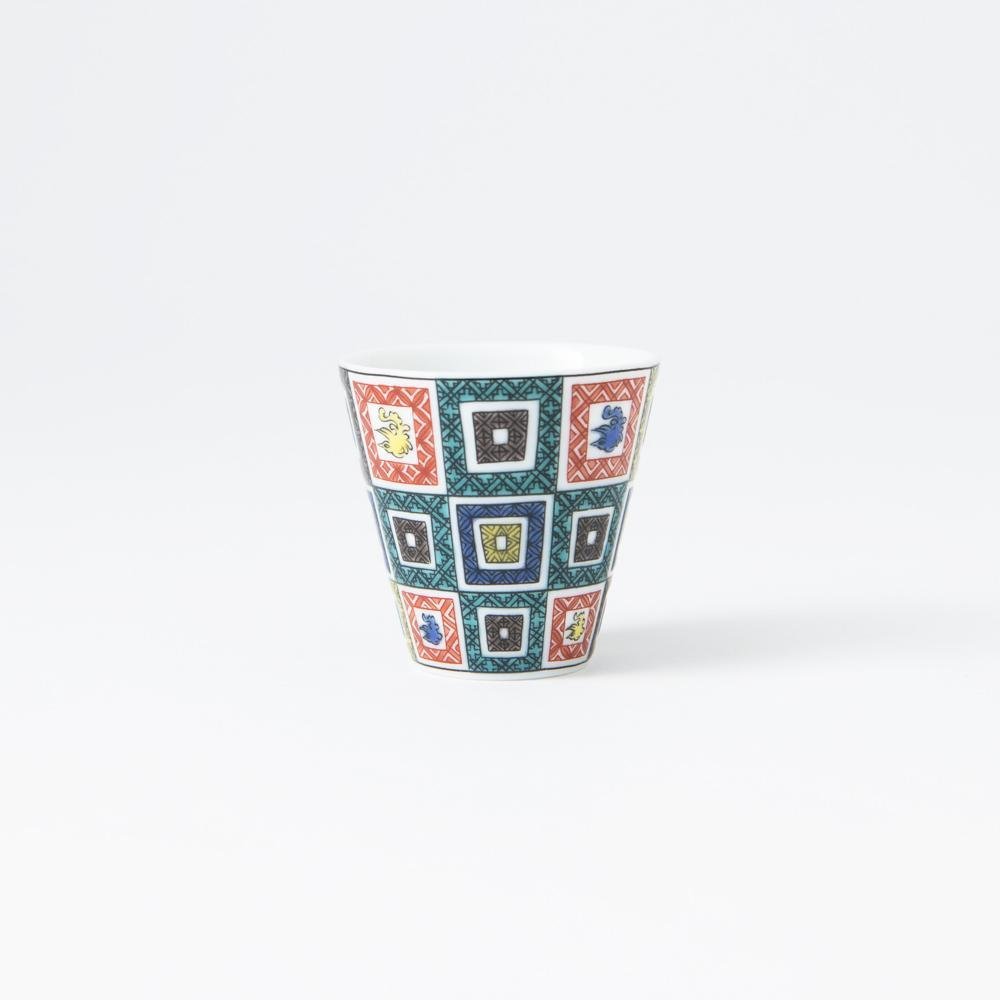
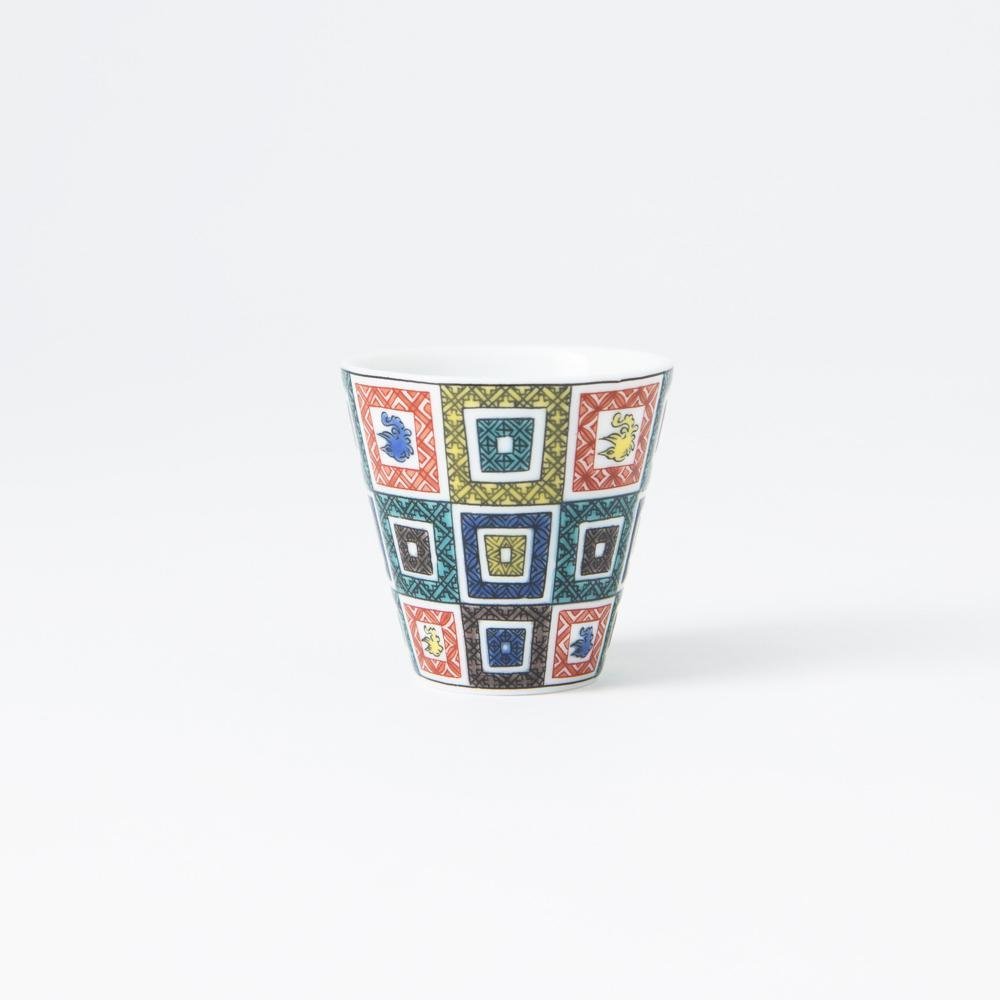
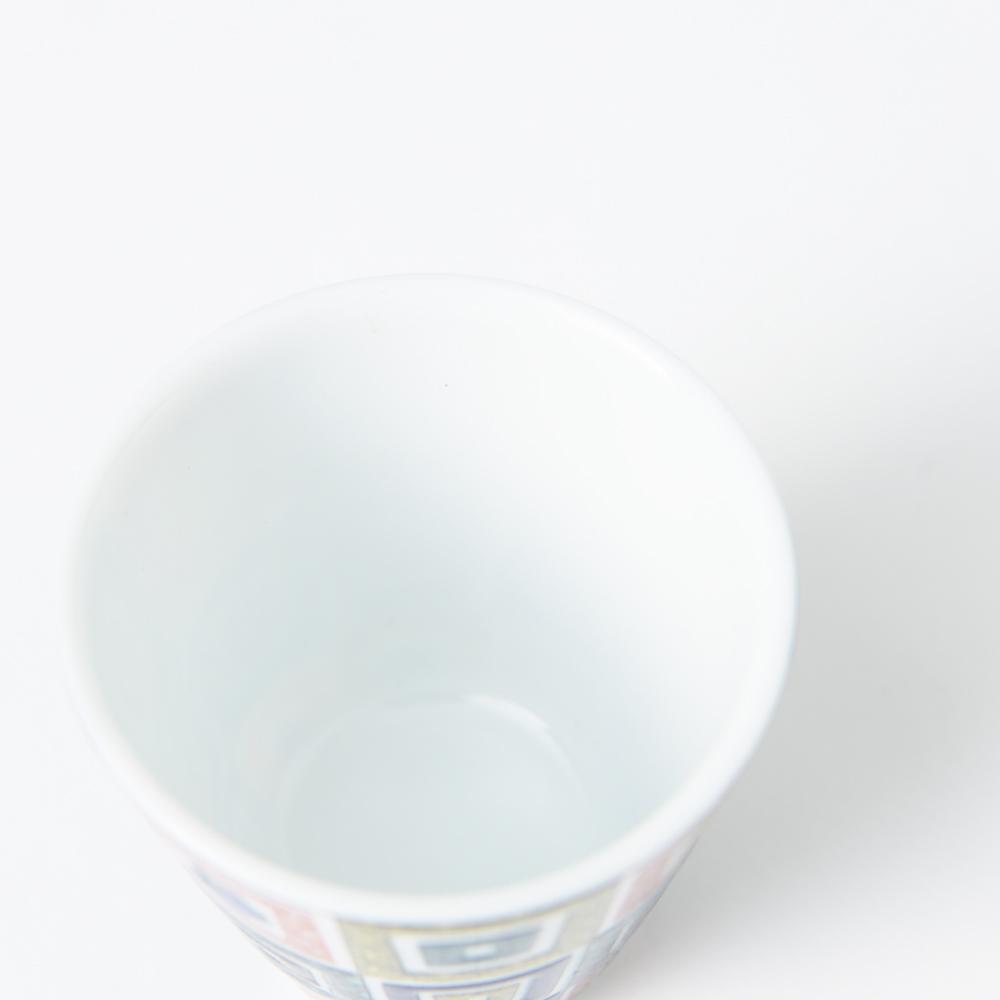
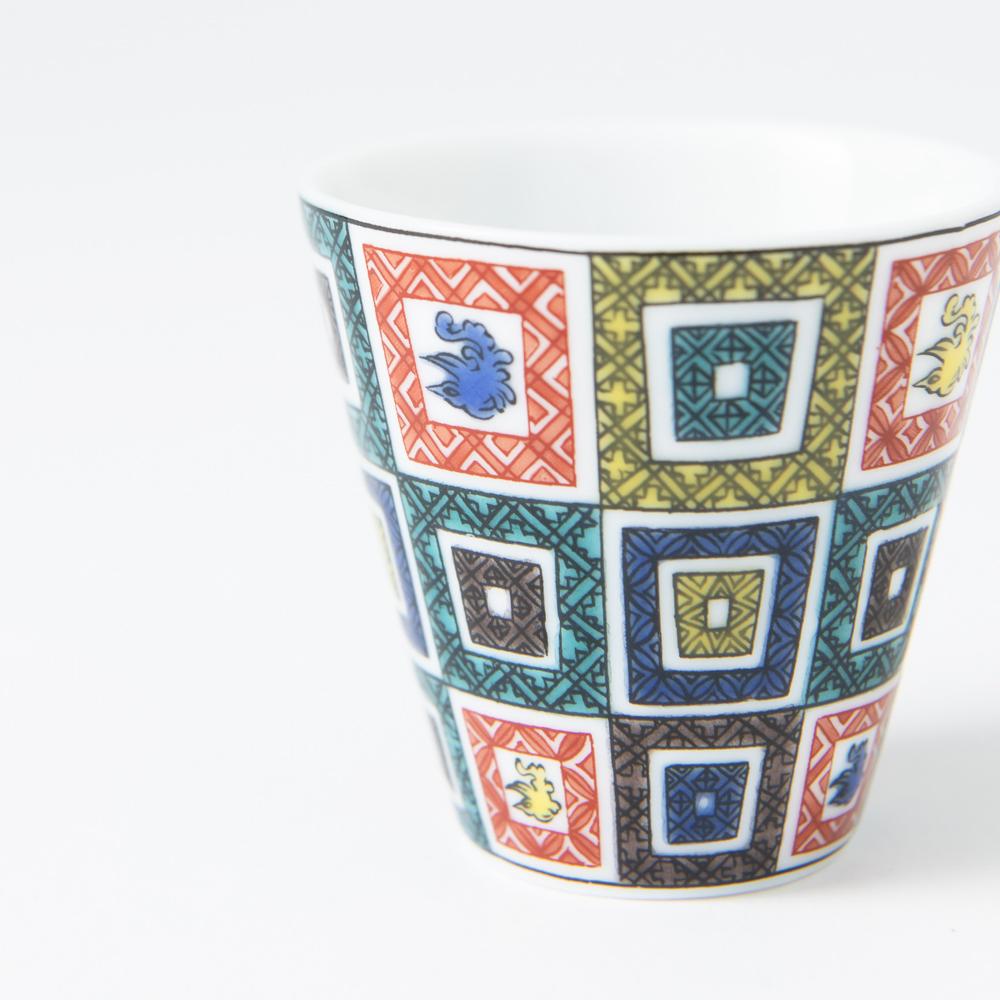
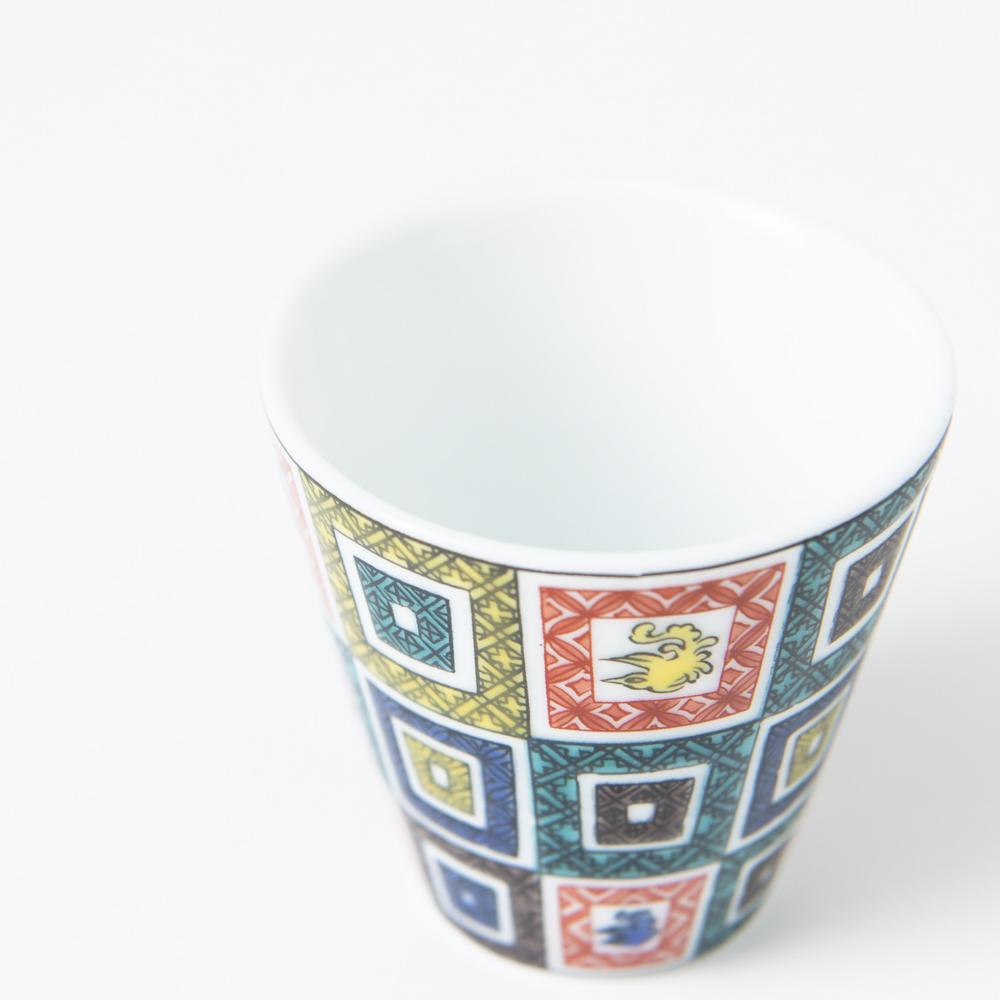
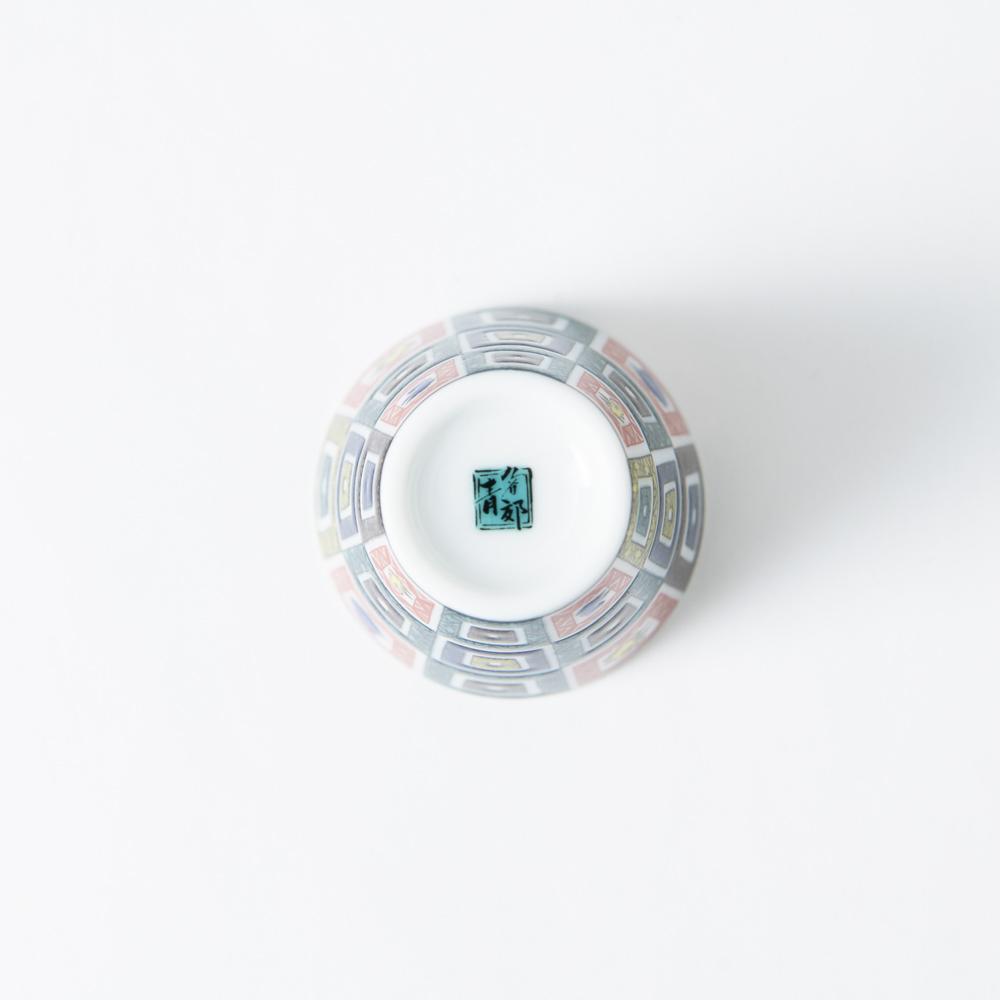
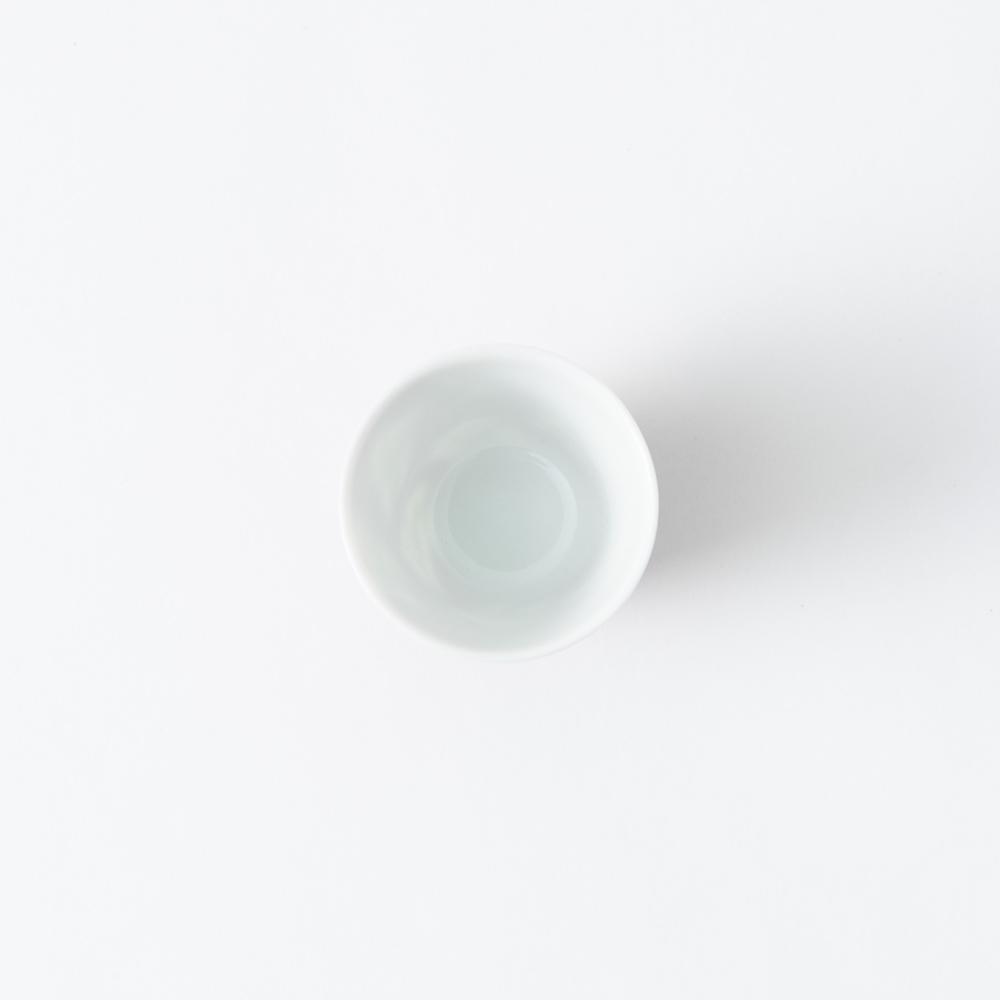
Color Tiles Ochoko Sake Cup
Estimated Shipping Widget will be displayed here!
This is a ochoko sake cup that features a Japanese traditional tile pattern. Kutani ware uses a brush for painting with Japanese coloring paint, as you can see the painted bird is slightly thickened and standing out.
The smooth texture of porcelain feels relaxing and soft to your mouth, bringing out the rich yet delicate taste of Sake.
We also have Color Tiles Kutani Sake Set to match this sake cup. You can also see more items from our Kutani ware collection to create traditional meets modern table setting.
DETAILS
| Quantity | 1 |
| Size |
D 5.5 cm (2.2 in) x H 5.3 cm (2 in) |
| Capacity | 45 ml (1.5 fl oz) |
| Material | Porcelain |
| Microwave | Yes |
| Dishwasher | Yes |
Maker / Brand
Seikou Kiln, founded in the early Taisho era (1912–1926 CE) in Nomi City, Ishikawa Prefecture, has long been dedicated to the art of Japanese overglaze painting for Kutani ware. Through years of research, the kiln perfected a high-quality technique for transferring designs and patterns using in-house printed sheets. This method preserves the transparency of glassy glazes and the depth of thick overglaze paints, achieving the same richness as traditional hand-painting. Their work has earned prestigious accolades, including recognition in the Japan Tourism Agency's Charming Japanese Souvenir Contest.
Crafts
Kutani ware is a pottery produced in the Kaga region of Ishikawa Prefecture and it has a history of over 350 years. It is characterized by the heavy brilliance of the five colors of green, yellow, red, purple, and navy blue that are applied to the bold and daring lines. Its long history has evolved through the tireless efforts and enthusiasm of people who have sought innovation while maintaining tradition.
The beauty of the various styles and methods of painting is known as "Japan Kutani" and is highly regarded around the world.
Choose options











Ko-Kutani
Ko-Kutani is one of the oldest styles of Kutani ware, originating in the early Edo period (1603 CE–1868 CE). This style is known for its dynamic yet subtle charm, featuring bold designs in five colors—green, yellow, red, purple and dark blue—known as gosai. Ko-Kutani often depicts nature-inspired motifs like flowers, birds and landscapes. Despite its brief production period, ending in the early 1700s, ko-Kutani remains highly esteemed internationally as one of Japan's major overglaze enamel styles.
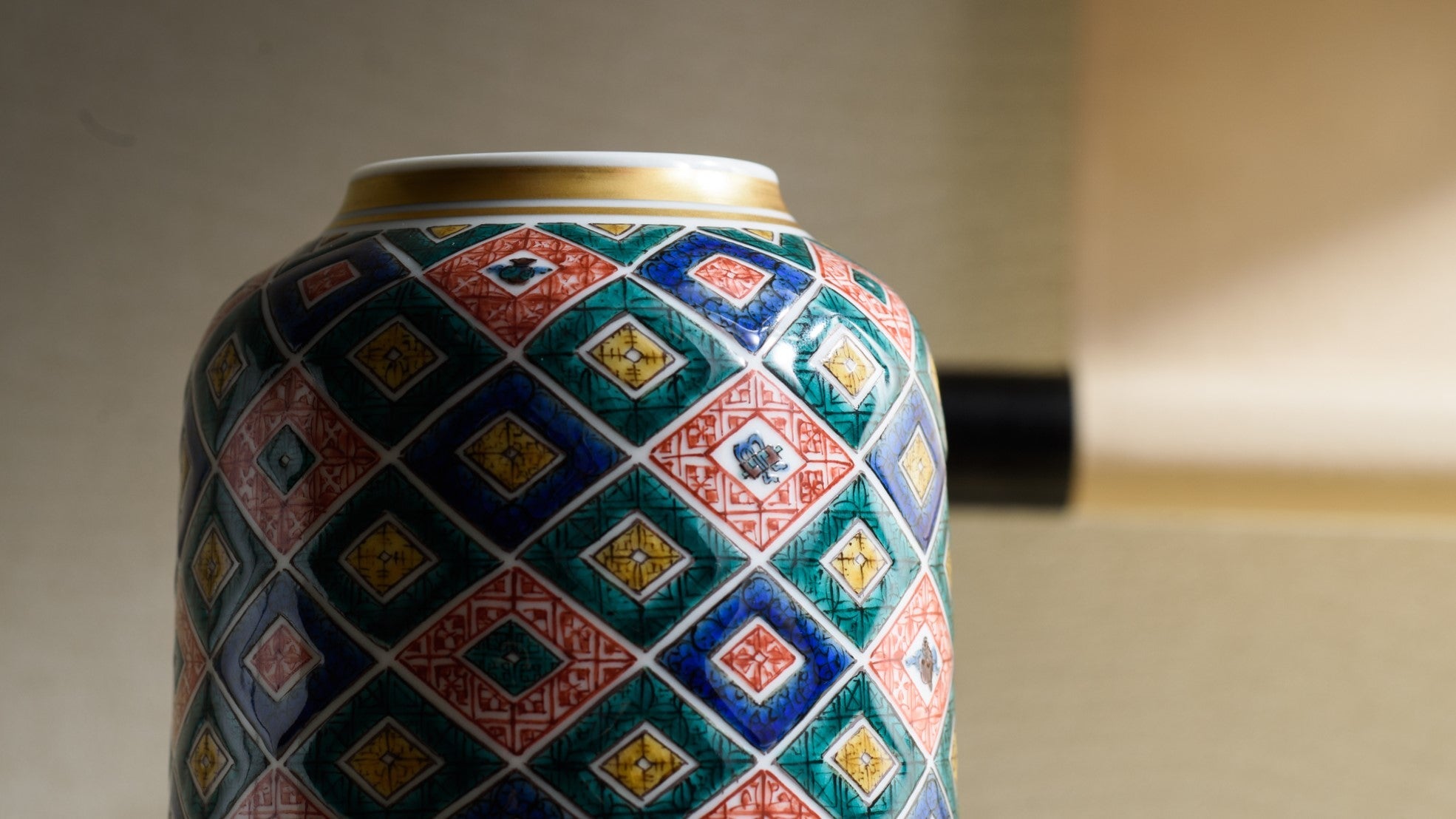
Ochoko
An ochoko is a small sake cup, usually holding a bit more than a sakazuki and accommodating two to three sips. Originally, ochoko sake cups were used as kobachi small bowls for side dishes. However, around the mid-Edo period (1603 CE–1868 CE), they began to be used at sake gatherings, where people would start with a sakazuki and then switch to an ochoko as the evening went on.
Ochoko sake cups come in various materials and shapes. The sake cups included in sake sets are commonly ochoko sake cups.
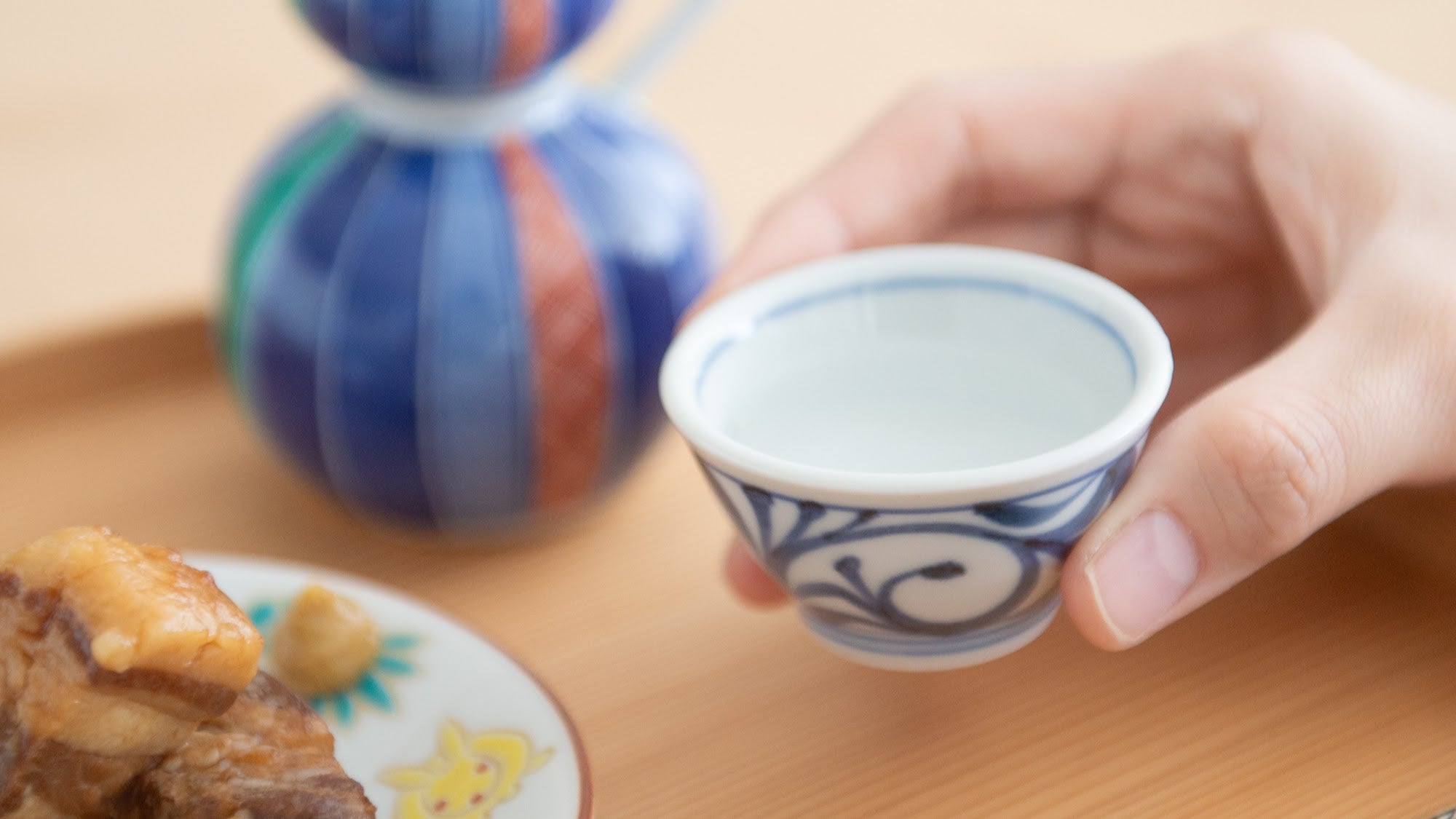
Expert Tips: Guide for Choosing the Perfect Sake Cup
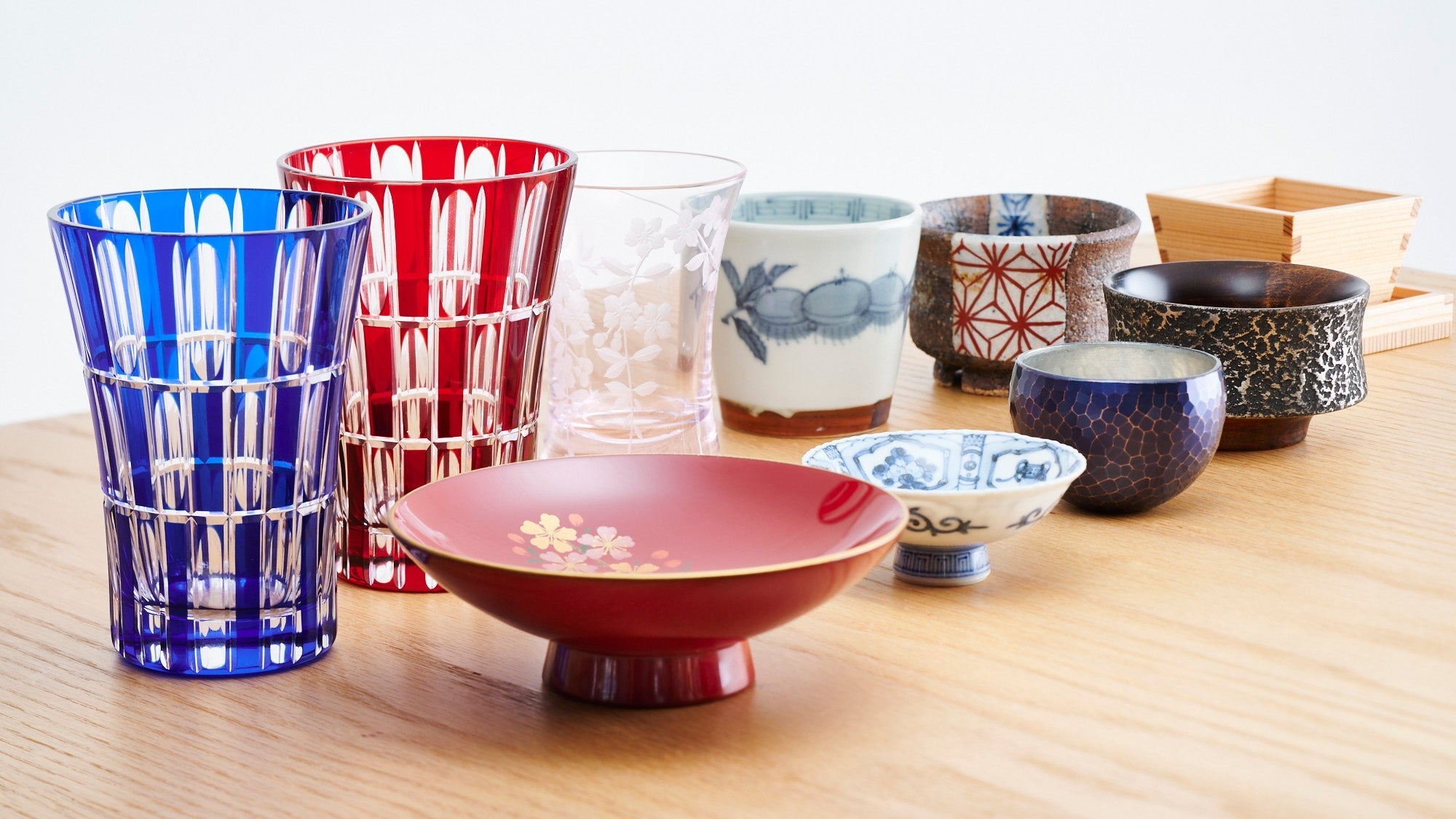
What is Ko-Kutani Style?



